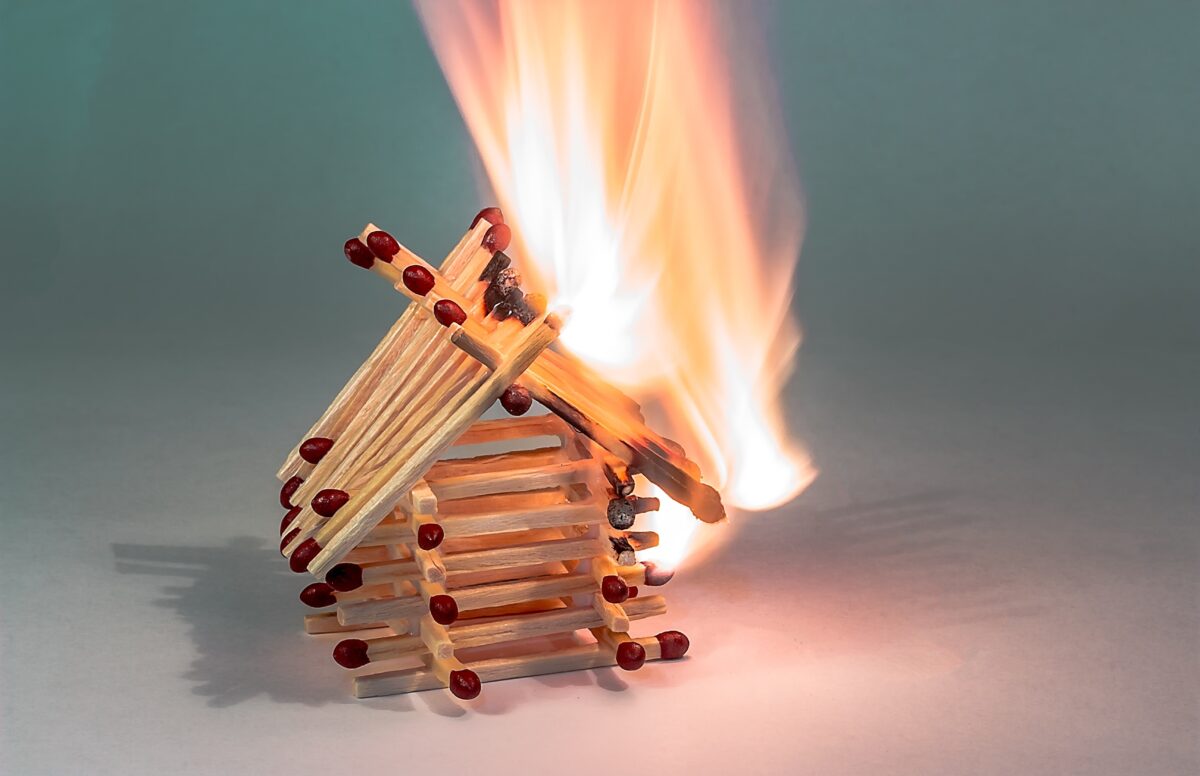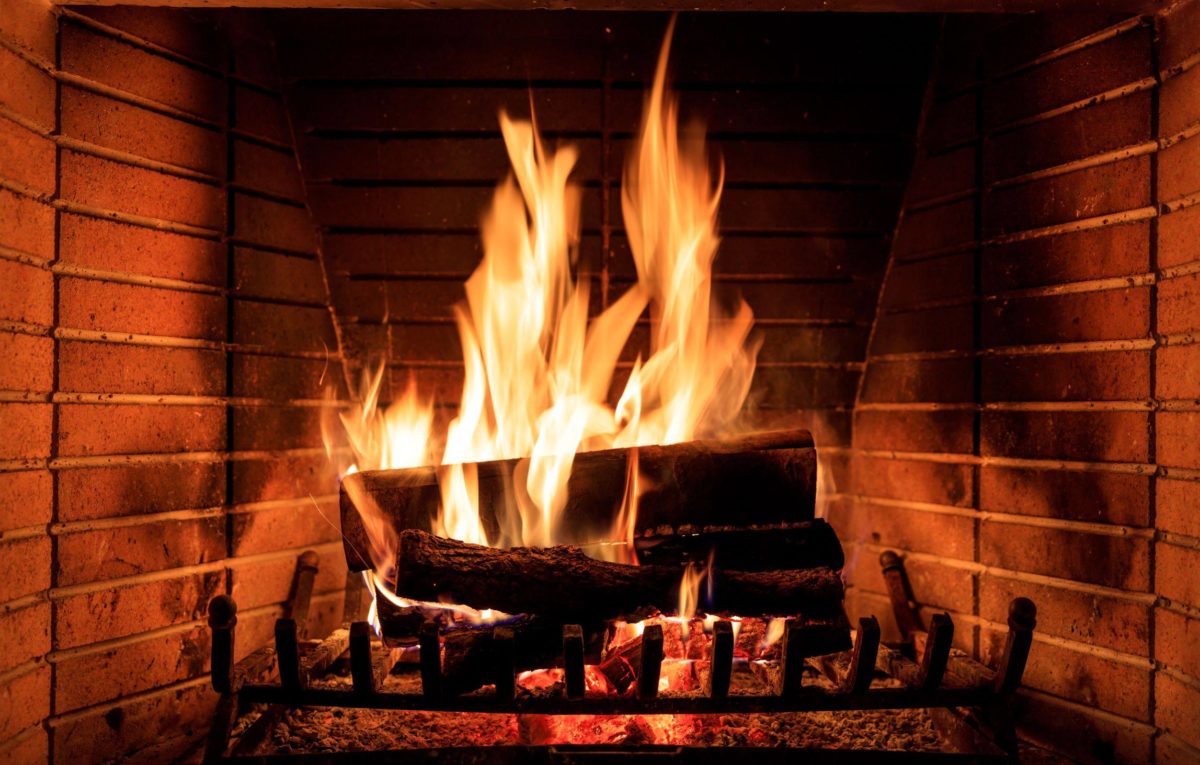House fires contribute significantly to death, injury, and property damage globally. They are primarily ignited by heat-generating devices like stoves, clothes dryers, heaters, computers, and fans. Various factors, such as unintentional negligence, irresponsible behavior, product defects, or technological failures, can lead to these devastating incidents. Since predicting when and where a fire might break out is impossible, being prepared and adopting preventive measures is crucial for mitigating their impact. In this article, we delve into the different fire hazards lurking in our homes and explore effective strategies to prevent them.
Understanding the Consequences of House Fires Hazards
Before diving into prevention strategies, it’s crucial to fully grasp the far-reaching consequences of house fires. The aftermath of a fire not only affects homeowners but also extends to the wider community. Some of the potential consequences include:
Financial Impact
-
- Increased insurance premiums or denial of insurance coverage: Following a house fire, insurance companies may increase the premiums for homeowners or even deny coverage altogether. This can lead to increased financial burdens and may limit options for securing coverage in the future.
- The cost and disruption of rebuilding: Rebuilding a home after a fire is a costly and time-consuming process. Homeowners must deal with the expenses of hiring contractors, purchasing materials, and potentially securing temporary housing during reconstruction.
Health Consequences
Health issues due to smoke inhalation or burns: House fires can lead to various health problems for those affected. Smoke inhalation can cause respiratory issues, and burns can result in long-term physical challenges and disfigurement. Additionally, the emotional impact of a house fire should not be underestimated, as it can lead to anxiety, depression, and post-traumatic stress disorder (PTSD).
Loss of Property and Personal Belongings
Loss of property and personal belongings: The destruction of a home and the personal belongings within it can be devastating. Losing cherished possessions, such as family heirlooms, photographs, and other irreplaceable items, can be emotionally distressing and a significant setback in life.
🔥 Fact: According to the National Fire Protection Association, between 2015 and 2019, more than one-quarter (26%) of reported fires occurred in homes. Even worse, three-quarters (75%) of civilian fire deaths and almost three-quarters (72%) of all reported injuries were caused by home fires. During these five years, US fire departments responded to an estimated average of 346,800 home structure fires per year. These fires caused an annual average of 2,620 civilian deaths, 11,070 civilian fire injuries, and $7.3 billion in direct property damage.
Understanding the potential consequences of a house fire underscores the importance of taking preventive measures to protect our homes and loved ones from such a devastating event.
Preventative Action: Identifying and Addressing Fire Hazards
Preventative action is key to keeping our families safe from the dangers of house fire hazards. Here are some common fire hazards in the home and steps we can take to prevent them:
Clothes Dryers
Clothes dryers are one of the most ignored potential fire hazards in the home, yet we use them several times a week. Several factors contribute to dryer fires, including:
-
- Lint buildup in the dryer vent
- Blocked airflow due to clogged vents
- Overheating caused by the dryer working harder to dry clothes
Prevention Tips for Dryer Fires:
-
- Clean the lint filter before and after each use
- Regularly inspect the dryer vent for blockages and clean it out as needed
- Avoid overloading the dryer
- Use a lower heat setting to reduce the risk of overheating
- Have the dryer serviced by a professional periodically
Opt for Professional Dryer Vent Cleanings:
Regularly scheduling a professional cleaning can prolong the life of a dryer and help protect homes and families from potential dryer fires.
Fire Prevention
Lint buildup in the dryer vent can lead to overheating, which can spark a fire. Professionals have the necessary tools and expertise to thoroughly remove lint and debris from the vent, reducing the risk of a fire hazards.
Improved Efficiency and Energy Savings
A clean dryer vent allows for better airflow, which means the dryer can work more efficiently. This improved efficiency translates to shorter drying times and reduced energy consumption, ultimately saving money on energy bills.
Extended Appliance Lifespan
When a dryer is forced to work harder due to a clogged vent, it experiences additional wear and tear, which can shorten its lifespan. Regular professional cleanings help to ensure that the dryer operates efficiently, reducing strain on the appliance and prolonging its life.
Prevention of Mold and Mildew Growth
A clogged dryer vent can trap moisture, creating an ideal environment for mold and mildew growth. These fungi can cause health issues and unpleasant odors. Professional dryer vent cleanings eliminate trapped moisture and reduce the risk of mold and mildew growth.
Cooking Equipment
Cooking equipment, such as stoves and ovens, is another leading cause of house fires. Unattended cooking, grease buildup, and flammable objects near the cooking area can all contribute to fires.
Prevention Tips for Cooking Fires:
-
- Never leave cooking unattended
- Keep flammable objects (e.g., towels, oven mitts, and wooden utensils) away from the stove or oven
- Clean cooking surfaces regularly to prevent grease buildup
- Install a fire extinguisher in or near the kitchen
Heating Equipment
Heating equipment, including space heaters, furnaces, and fireplaces, can also pose a fire hazards if improperly maintained or used irresponsibly.
Prevention Tips for Heating Equipment Fires:
-
- Keep flammable objects at least three feet away from heating equipment
- Turn off portable heaters when leaving the room or going to sleep
- Have heating equipment and chimneys cleaned and inspected annually by a professional
- Use a fireplace screen to prevent sparks from escaping
Electrical Fires
Electrical fires can result from overloaded circuits, damaged wiring, or faulty appliances.
Prevention Tips for Electrical Fires:
-
- Avoid overloading outlets or extension cords
- Regularly check cords and wiring for damage, and replace them if necessary
- Use surge protectors for electronic devices
- Have an electrician inspect the home’s wiring periodically
Smoking
Smoking is another common cause of house fires, particularly when individuals smoke indoors.
Prevention Tips for Smoking-Related Fires:
-
- Smoke outside whenever possible
- Use a deep, sturdy ashtray to extinguish cigarettes
- Never smoke in bed or while drowsy
- Keep lighters and matches out of reach of children
More at Risk: Pet Owners and Long-Haired Individuals
Those with pets that shed hair, such as cats and dogs, are more at risk of dryer-related fires. Pet hair can weave into clothing and other materials, causing the dryer to work harder and generate more heat. Similarly, individuals with long hair are also at risk, as hair can become entwined with lint and clog the dryer vent.
🚨 Recommendation: In these situations, it is essential to clean the dryer vent more frequently to prevent the buildup of hair and lint.
A Hidden Danger: Fabric Softener Sheets
When used in the clothes dryer, fabric softener sheets can leave a sticky residue that captures lint and hair, leading to a clogged vent. This residue can create a highly flammable fire hazards.
👉 Tip: Consider using dryer balls or other alternatives to fabric softener sheets to reduce the risk of vent clogging and fires.
Regular Maintenance and Inspections
One of the most effective ways to prevent house fires is to schedule regular maintenance and inspections for home appliances and systems. Professionals can identify potential fire hazards and ensure the home’s equipment functions safely and efficiently.
In Case of Emergency: Fire Safety Measures
While prevention is crucial, it’s also essential to be prepared if a fire occurs. Some fire safety measures to consider include:
-
- Installing smoke alarms on every level of the home and in sleeping areas
- Testing smoke alarms monthly and replacing batteries annually
- Developing a fire escape plan and practicing it with family
- Ensuring that the home has at least one fire extinguisher and that all family members know how to use it
House fires can have devastating consequences, but many can be prevented through awareness, preventative action, and regular maintenance. By taking steps to reduce fire hazards in the home, we can protect our families and properties from the dangers of fires. Remember, the key to fire safety is being prepared and staying vigilant.
Don’t put your home and family at risk by neglecting your dryer vent. Choose The Irish Sweep, your go-to expert for professional dryer vent cleaning services, and experience the peace of mind that comes with a well-maintained appliance. Our skilled and certified technicians are committed to customer satisfaction, ensuring your dryer vent is clean and functioning efficiently. Call us now to book your appointment and experience the difference that professional service makes!


